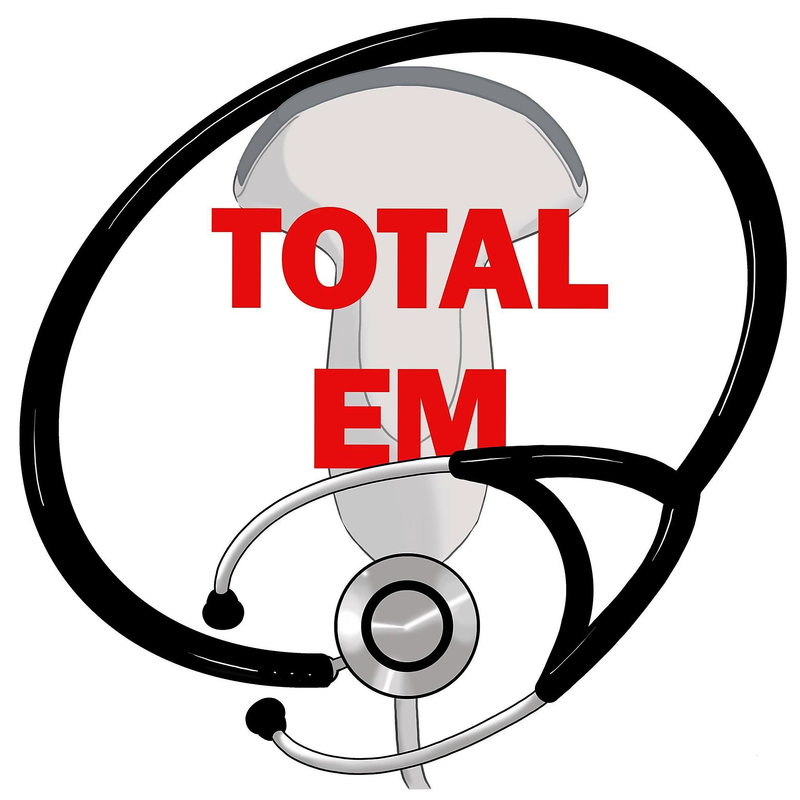|
Every year, we see drownings. In some cases people survive, but unfortunately sometimes they do not. However, there is confusion in both the medical community and the public regarding what is considered to be a drowning event. Dogma and myths are everywhere and one of the most common is "dry drowning" which is why we brought Michelle Perkins on to discuss this important issue.
Introduction
So how do you manage these cases?
What should we be focusing on instead?
Take-home points
Let us know what you think by giving us feedback here in the comments section or contacting us on Twitter or Facebook. Remember to look us up on Libsyn and on iTunes. If you have any questions you can also comment below, email at [email protected], or send a message from the page. We hope to talk to everyone again soon. Until then, continue to provide total care everywhere.
0 Comments
Leave a Reply. |
Libsyn and iTunesWe are now on Libsyn and iTunes for your listening pleasure! Archives
August 2022
Categories |
||||||


 RSS Feed
RSS Feed